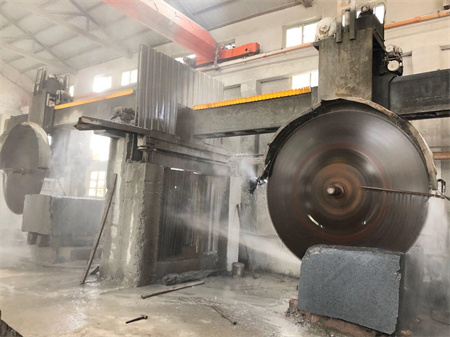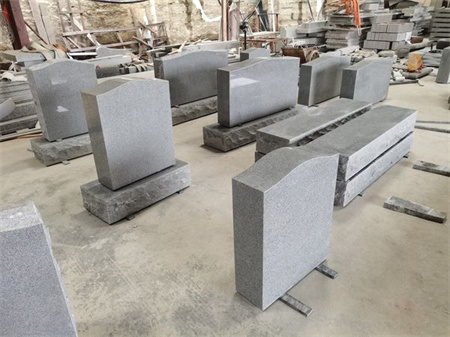The Role of Granite in Public Memorial Ceremonies

The Role of Granite in Public Memorial Ceremonies
Granite has long been a symbol of strength, endurance, and permanence, making it an ideal material for public memorials. Throughout history, this dense, durable stone has been used to honor individuals, commemorate significant events, and provide a lasting tribute to communities. From the gravestones that mark our loved ones’ final resting places to the towering monuments that stand in public spaces, granite has played a crucial role in memorial ceremonies, offering both a physical presence and an emotional connection to the past.
Unlike other materials that may degrade over time, granite’s natural resilience ensures that it endures through the ages. This quality has made it the material of choice for monuments that need to withstand the test of time. Whether it’s a war memorial in a city park or a commemorative plaque on a historic building, granite symbolizes the eternal nature of memory. Its hard, unyielding surface reflects the permanence of the tribute it marks. Over the centuries, many monuments crafted from granite have survived not only the ravages of weather but also the turbulence of history itself, outliving wars, social upheavals, and changing political climates.
Granite’s role in public memorial ceremonies is not simply functional—it is deeply symbolic. When people gather at a memorial site, whether it’s for a solemn remembrance or a national day of reflection, the granite monument often serves as a physical anchor. The stone offers a space for contemplation and reverence, its presence reminding all who visit of the sacrifices made or the events that shaped the community. Granite does not just represent the past; it connects the living to it, offering a tangible link to those who have come before.



In addition to its aesthetic and symbolic properties, granite offers a sense of permanence in a rapidly changing world. In an age where everything from technology to cultural norms shifts at a relentless pace, granite serves as a reminder that some things—honor, memory, and sacrifice—are timeless. This timeless quality makes granite particularly meaningful in public memorials, where the goal is often to preserve a piece of history for future generations.
When a community gathers at a public memorial ceremony, granite serves as a unifying force. It brings people together, not just through the shared experience of the event itself, but through the shared recognition of the monument’s significance. Granite monuments become spaces of collective memory, places where individuals can come to terms with loss, celebrate achievements, or reflect on the past. The stone becomes more than just a material object; it is a vessel for the community’s shared history and emotions.
In conclusion, granite plays an essential role in public memorial ceremonies, not just as a practical material, but as a symbol of memory, endurance, and connection. Its durability ensures that the legacy of those who have come before us is preserved, while its aesthetic qualities invite reflection and reverence. Whether it’s in the form of a towering statue, a commemorative plaque, or a simple gravestone, granite provides a lasting tribute to those who shaped our past and whose stories continue to resonate in the present. Through granite, we are reminded that while time may pass, the memory of those we honor will endure.